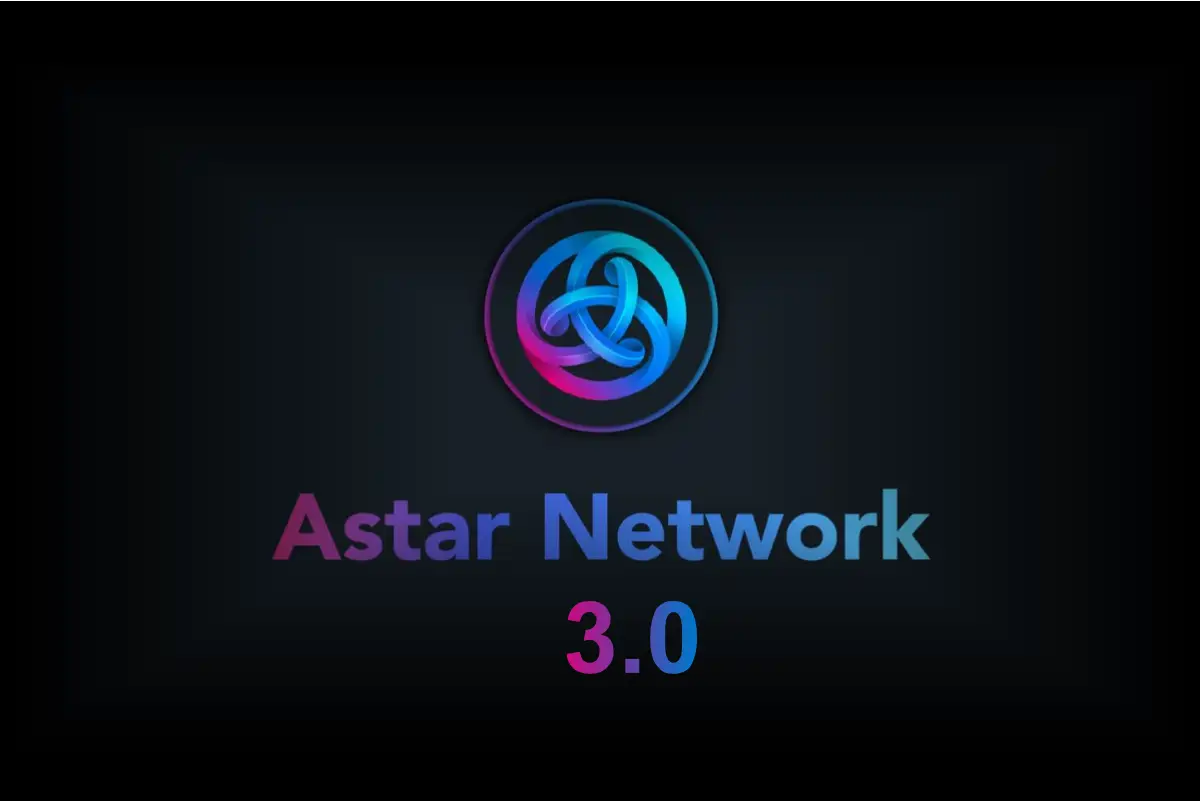BitcoinWorld

Massive USDT Transfer Shakes Crypto Market: What Does $200M From HTX to Aave Mean?
The crypto world is no stranger to large movements of digital assets, but every now and then, a transaction truly captures attention. Recently, a significant USDT transfer of 200,000,000 USDT from the HTX exchange to the decentralized lending protocol Aave sent ripples across the blockchain community. Valued at an astounding $200 million, this isn’t just a simple shift of funds; it’s a move that could signal deeper trends in market sentiment, liquidity strategies, and the evolving landscape of decentralized finance.
Understanding the Significance of a Major USDT Transfer
When Whale Alert, a renowned blockchain tracker, reported this colossal USDT transfer, it immediately sparked discussions. But why is a $200 million stablecoin movement so noteworthy? To fully grasp its impact, we need to consider the entities involved and the nature of stablecoins themselves.
What is USDT?
- Stablecoin: USDT (Tether) is the largest stablecoin by market capitalization, designed to maintain a 1:1 peg with the US dollar.
- Liquidity: It serves as a crucial bridge between traditional fiat currency and the volatile crypto market, providing liquidity for trading, lending, and borrowing.
- Utility: USDT is widely used across centralized exchanges (CEXs) and decentralized finance (DeFi) protocols for various financial activities.
Who are HTX and Aave?
- HTX (formerly Huobi): A major centralized cryptocurrency exchange, providing a platform for trading, derivatives, and other crypto services. Exchanges like HTX are often central hubs for large institutional and whale activity.
- Aave: A leading decentralized lending and borrowing protocol built on various blockchains. Aave allows users to lend out their crypto to earn interest or borrow crypto by providing collateral, all without traditional intermediaries.
The movement of such a substantial amount of USDT from a centralized exchange to a decentralized lending protocol suggests a strategic decision, likely aimed at leveraging the opportunities within DeFi.
What Motivates Such a Large USDT Transfer to DeFi?
A $200 million USDT transfer isn’t made on a whim. Such a move by a whale or an institution typically stems from a calculated strategy. Here are some potential reasons:
1. Yield Farming and Lending Opportunities:
- Aave offers competitive interest rates for lending stablecoins like USDT. Whales and institutions often seek to maximize their capital efficiency by deploying idle assets into yield-generating protocols.
- This large deposit could be a move to earn passive income on a significant sum, potentially exceeding what traditional finance or even centralized exchanges might offer.
2. Increased Demand for Borrowing on Aave:
- High demand for borrowing USDT on Aave can drive up lending rates. A large deposit like this helps meet that demand, ensuring deeper liquidity for borrowers.
- The whale might be responding to or anticipating a surge in borrowing activity, positioning themselves to capitalize on the higher yields.
3. Collateral for Large Loans:
- While less common for stablecoins, the USDT could be intended as collateral to borrow other volatile assets (like ETH or BTC) on Aave, potentially for short-term trading strategies or to avoid selling existing holdings.
4. OTC Deals or Institutional Treasury Management:
- Sometimes, large transfers are part of over-the-counter (OTC) deals, where two parties agree to trade assets directly without using an exchange’s order book.
- It could also be an institutional entity rebalancing its treasury, moving funds from a CEX to a DeFi protocol for better asset management or to meet specific investment mandates.
5. Diversification of Risk:
- While HTX is a major exchange, some large holders prefer to diversify their stablecoin holdings across different platforms, including self-custody or decentralized protocols, to mitigate exchange-specific risks.

How Does This USDT Transfer Impact the Broader Crypto Ecosystem?
A transaction of this magnitude doesn’t happen in a vacuum. Its effects can ripple through various facets of the crypto market:
What Does It Mean for Aave’s Liquidity and Stability?
The immediate impact on Aave is a significant boost in its USDT liquidity pool. This has several implications:
- Deeper Pools: More USDT available for lending means borrowers can access larger loans without significantly impacting interest rates.
- Reduced Volatility: Larger liquidity pools generally lead to more stable interest rates and less slippage for large transactions.
- Increased Protocol Activity: A deeper pool can attract more users, both lenders and borrowers, boosting Aave’s overall activity and potentially its protocol revenue.
What Are the Implications for HTX and Centralized Exchanges?
While HTX is a major exchange, a large outflow like this could, in theory, slightly reduce its USDT liquidity. However, for an exchange of HTX’s size, $200 million is likely a manageable outflow, and it doesn’t necessarily indicate a negative sentiment towards the exchange itself. It might simply reflect a user’s strategic decision to deploy capital elsewhere.
How Does This Affect Overall Crypto Market Sentiment?
A large USDT transfer to DeFi can be interpreted in a few ways regarding market sentiment:
- Confidence in DeFi: It signals continued confidence from large players in the security and profitability of decentralized finance protocols.
- Yield-Seeking Behavior: It underscores the ongoing trend of capital flowing into DeFi in search of higher yields, especially during periods of market uncertainty.
- Liquidity Movement: It highlights the dynamic nature of crypto liquidity, constantly shifting between centralized and decentralized venues based on opportunities and perceived risks.
This kind of movement showcases the growing maturity of the crypto market, where sophisticated players leverage both CEX and DeFi platforms for optimized financial strategies.
Actionable Insights from the $200M USDT Transfer
For everyday crypto participants, such a large USDT transfer offers valuable lessons and insights:
- Monitor Whale Movements: Tools like Whale Alert provide transparency into significant on-chain transactions. Understanding these movements can offer clues about market sentiment and potential future trends.
- Explore DeFi Opportunities: If large entities are moving capital into DeFi for yield, it’s worth exploring these opportunities yourself, albeit with a thorough understanding of the risks involved (smart contract risk, impermanent loss, etc.).
- Understand Stablecoin Utility: This event reinforces the critical role of stablecoins like USDT in facilitating large-scale financial operations within the crypto ecosystem.
- Assess Liquidity Dynamics: Pay attention to where liquidity is flowing. A shift from CEXs to DeFi, or vice-versa, can indicate changing preferences or market conditions.
While $200 million might seem like an astronomical sum, it’s a testament to the scale at which the crypto economy operates and the strategic decisions made by its largest participants.
Conclusion: A Glimpse into Crypto’s Evolving Landscape
The recent 200,000,000 USDT transfer from HTX to Aave is more than just a headline-grabbing transaction; it’s a microcosm of the dynamic forces at play within the cryptocurrency market. It highlights the increasing sophistication of capital deployment, the allure of DeFi’s yield opportunities, and the seamless interoperability between centralized and decentralized platforms. As the crypto ecosystem continues to mature, such significant movements will become increasingly common, each offering valuable insights into the strategies of major players and the broader direction of the market. Staying informed about these ‘whale’ activities provides a unique vantage point to understand the ever-evolving world of digital assets and decentralized finance.
Frequently Asked Questions (FAQs)
Q1: What is the primary purpose of a large USDT transfer to Aave?
A1: The primary purpose is often to leverage Aave’s lending protocol to earn yield on the USDT, taking advantage of competitive interest rates offered for stablecoin deposits. It can also be to provide liquidity for large borrowing demands or as collateral for other loans.
Q2: Does this USDT transfer indicate a negative outlook for HTX?
A2: Not necessarily. While it’s an outflow from HTX, for an exchange of its size, $200 million is a manageable amount. It likely represents a strategic decision by a large holder to optimize their capital rather than a reflection of negative sentiment towards HTX itself.
Q3: How do transactions like this impact DeFi liquidity?
A3: A large USDT transfer significantly boosts the liquidity of the specific pool on Aave. This means more funds are available for borrowing, which can lead to more stable interest rates and cater to larger loan requests without significant price impact.
Q4: Are these large USDT transfers common in the crypto market?
A4: While $200 million is a substantial sum, large stablecoin transfers are relatively common, especially from centralized exchanges to DeFi protocols or between exchanges. They are often indicative of institutional activity, market rebalancing, or yield-seeking strategies.
Q5: How can I track such large crypto transactions?
A5: Services like Whale Alert, Etherscan, and other blockchain explorers allow users to track large cryptocurrency transactions in real-time. Many crypto news outlets also report on significant whale movements.
We hope this comprehensive overview has shed light on the recent massive USDT transfer and its broader implications. If you found this article insightful, please consider sharing it with your network on social media!
To learn more about the latest crypto market trends, explore our article on key developments shaping DeFi liquidity.
This post Massive USDT Transfer Shakes Crypto Market: What Does $200M From HTX to Aave Mean? first appeared on BitcoinWorld and is written by Editorial Team





